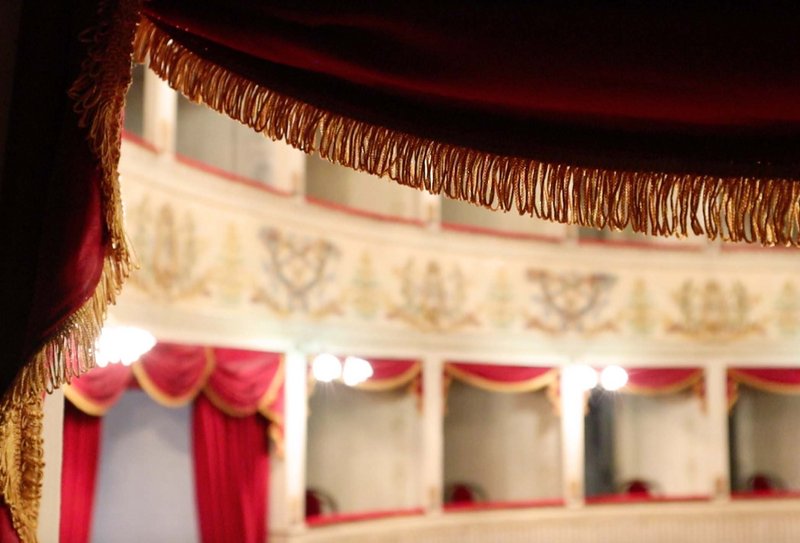 The organisation, repertoire and original scenic materials of Feltre’s Teatro sociale (1797–1866)
The organisation, repertoire and original scenic materials of Feltre’s Teatro sociale (1797–1866)
Deutsch English Français Italiano
Summary
This research project is focused on the theatre in Feltre (Veneto) from 1797 to 1866 – thus at the time when the Hapsburgs governed Veneto, up to the time of Italian independence.
The Feltre Theatre is of great significance as an object of research. First, because it is one of the few places where original scenic materials have survived from the 19th century. Secondly, because as one of the innumerable Italian “provincial” theatres of the 19th century, its unusual wealth of source materials about the theatre business, repertoire and administration means it bears testimony to a vibrant tradition of theatrical practices that have remained little investigated to the present day. In 19th-century Italy, city theatres were one of the few places where groups of people could gather together, and where events could take place at which public opinion could be shaped, monitored and steered. For this reason, the Feltre Theatre is also of immense interest as a centre of opinion-making and of socio-political organisation.
This project will investigate the history of the theatre building, its interior spaces, its scenic materials, its performances, its forms of organisation (directors, impresarios, theatrical troupes etc.), the administration and practices of the theatre company itself, the social localisation of its audience members, and popular tastes. To this end, the Feltre Theatre, its stage materials and repertoire will be analysed using a micro-historical approach in the socio-political context of Hapsburg rule of Lombardo-Venetia. We shall pay special attention to forms of social life and to studying social networks that formed around the Feltre Theatre and its fellow provincial theatres in northern Italy. The relationship of the centre to the periphery and a comparison with other north-Italian theatres and other forms of cultural transfer (both national and transnational) will have a central role in our investigations with regard to repertoire, musical styles and theatre sets.
Stage materials
The sets that have survived in Feltre offer us an extraordinary opportunity to investigate artistic practices that were widespread in the 19th century, but of which we have only a few extant examples. The sets in Feltre are of the type that were often used in provincial theatres of the 19th century – generic sets that were not designed for a specific performance, but were used in different theatrical productions.
In the first half of the 19th century, scenography was undergoing a major aesthetic shift. It moved away from the architectonic models characteristic of the Bibena dynasty, and towards more painterly forms (Povoledo 1966: 1598) that aspired to “probability” and “expressive power”. The scenographer became an “experimenter” in painting techniques, and achieved the desired aesthetic effects primarily by using the technique of “scena quadro” (Biggi 1995): the scenographer here became a painter, the stage his painting. This new aesthetic made set-painting the prime focus of scenography, and gave stage décor a new role in performance.
Our project aims to reconstruct an artistic practice that was intimately bound up with the running of a provincial theatre in the context of the expectations of the different participants involved in and around it (commissioning bodies, public bodies, professional and amateur artists).